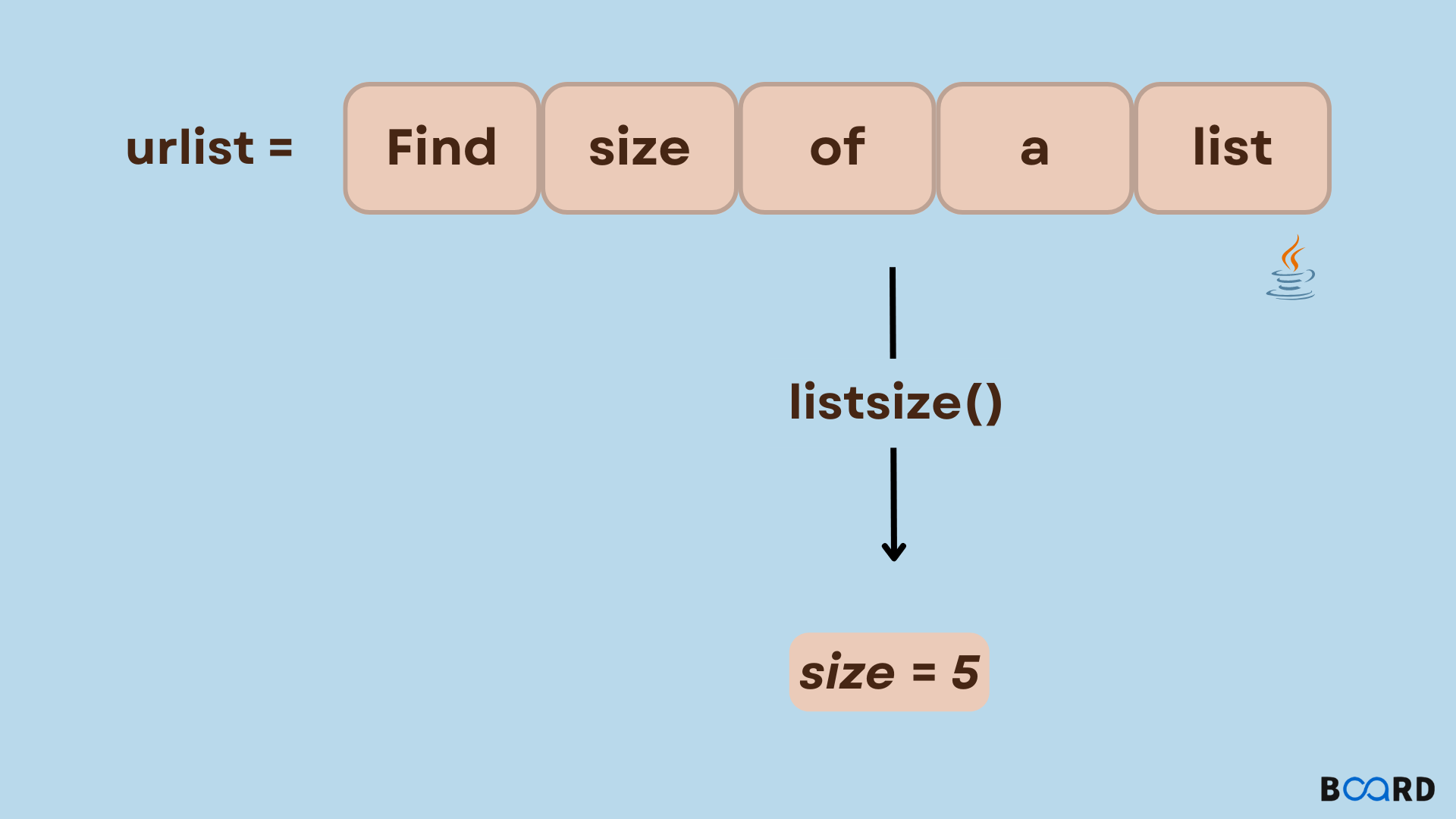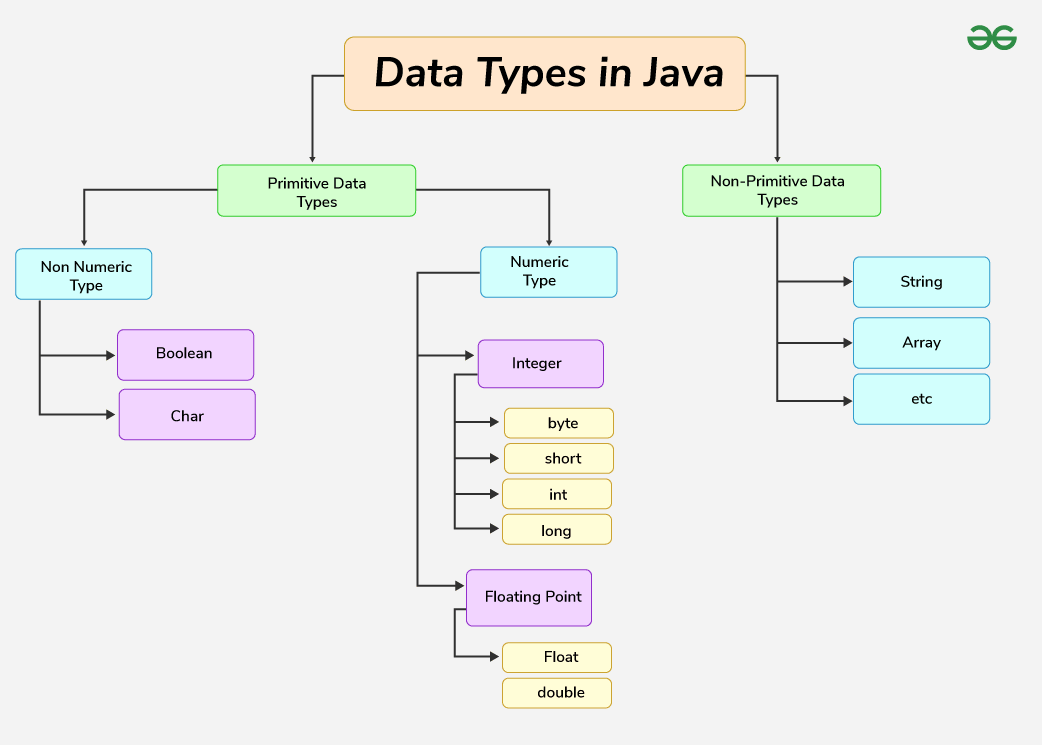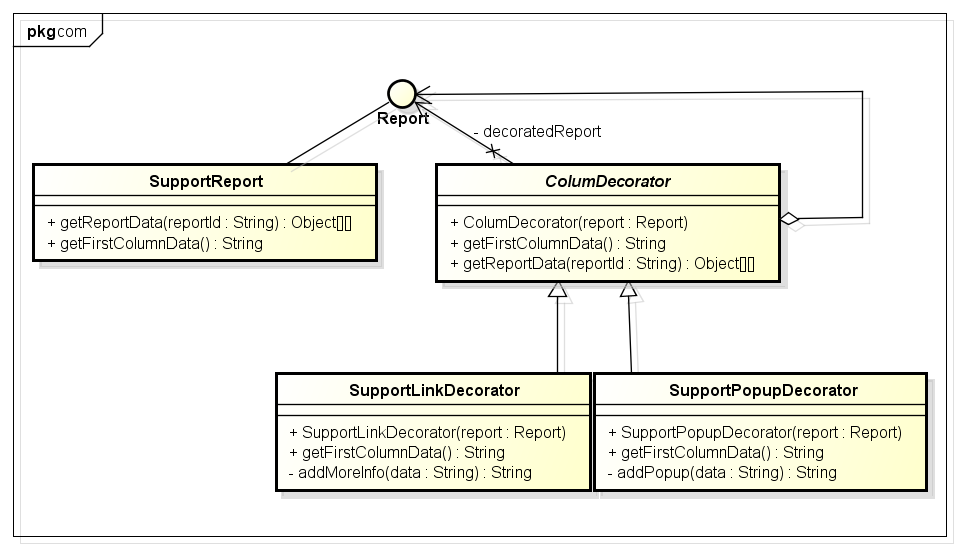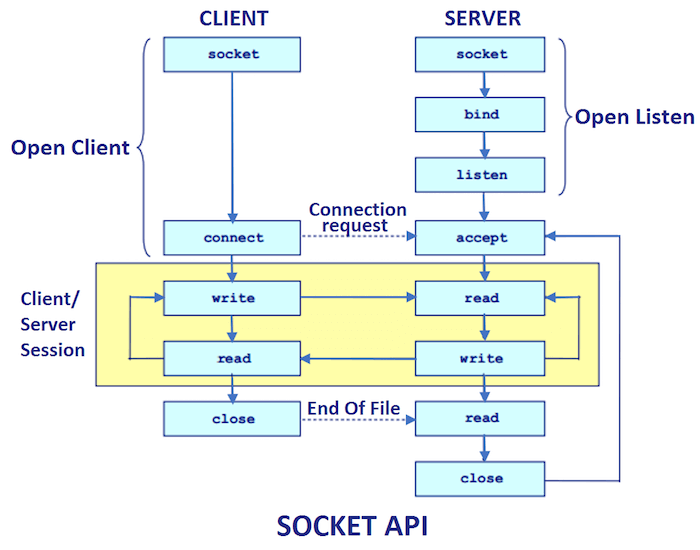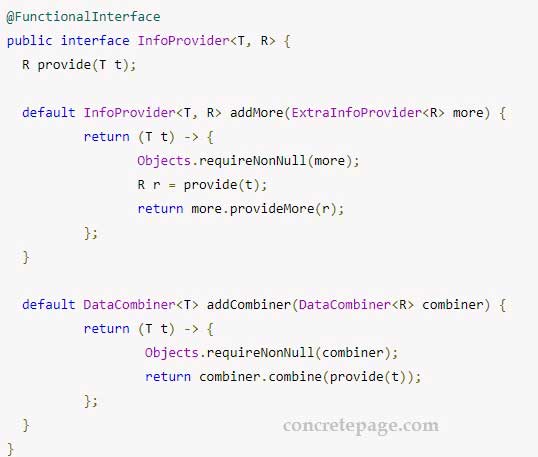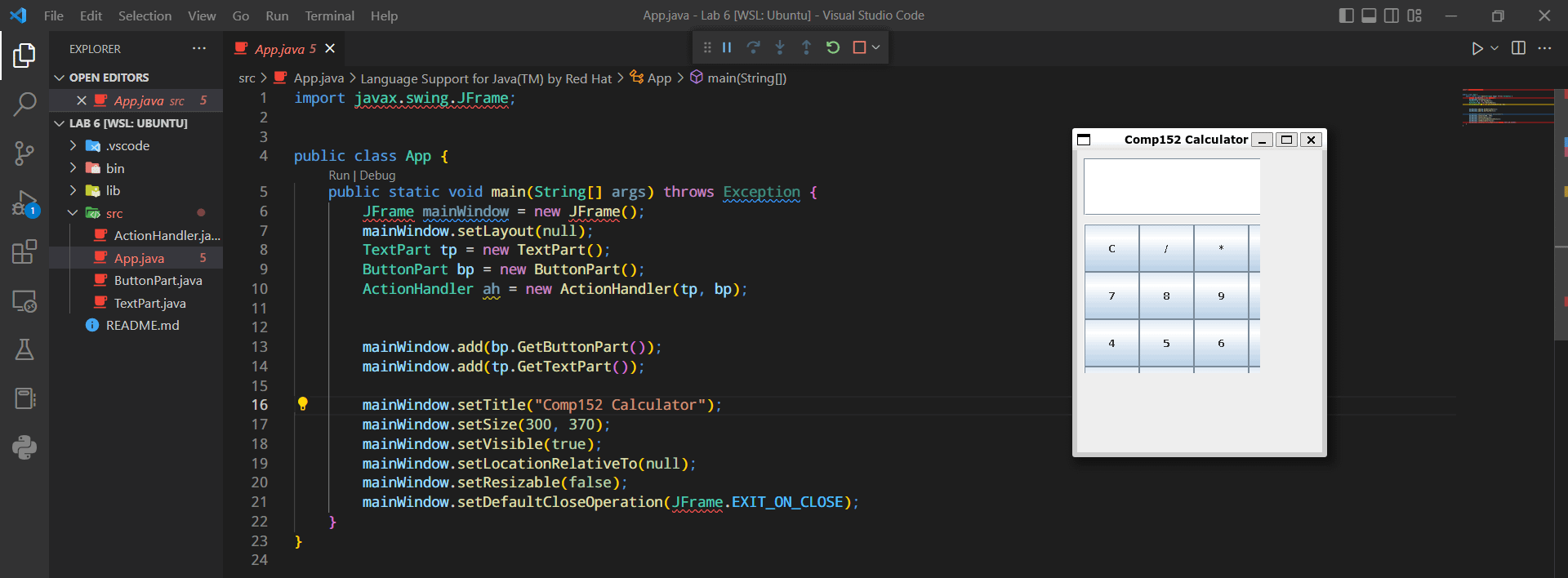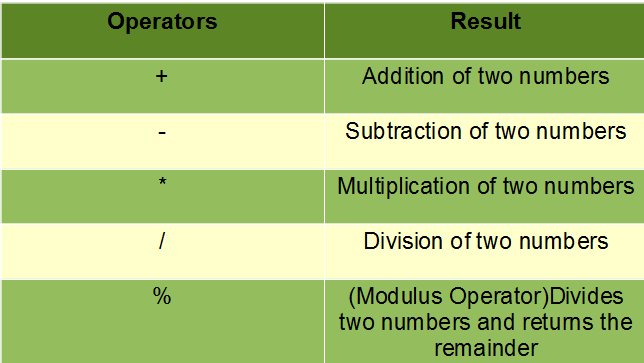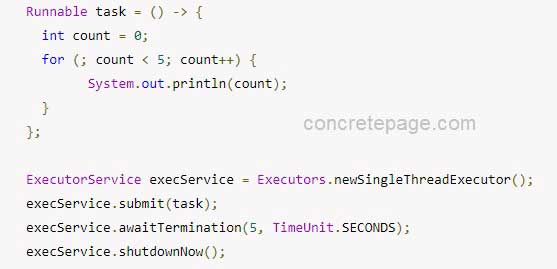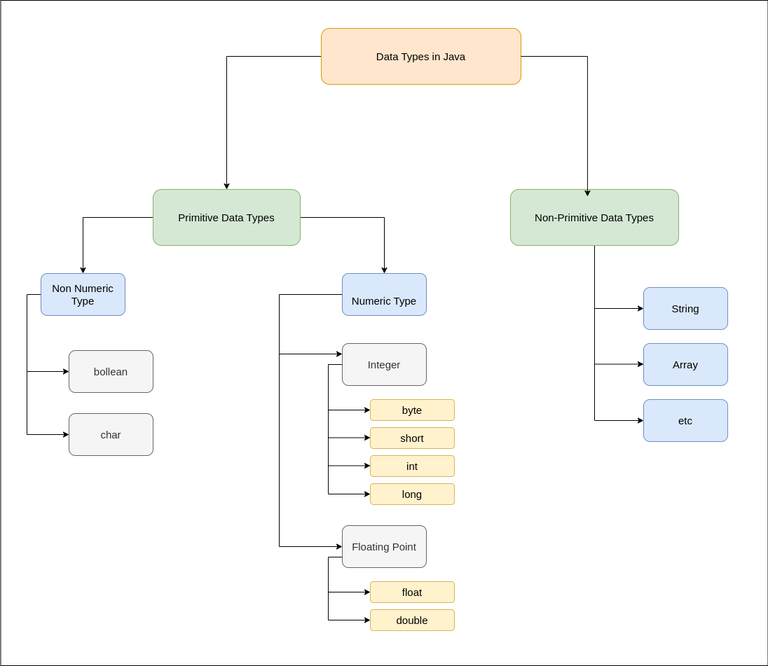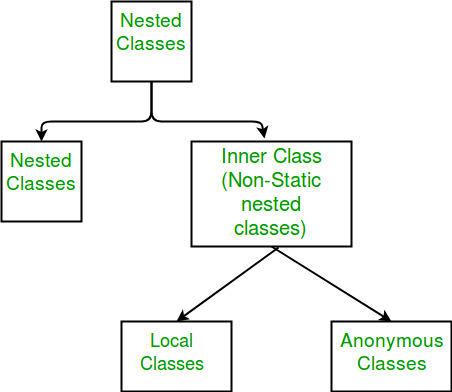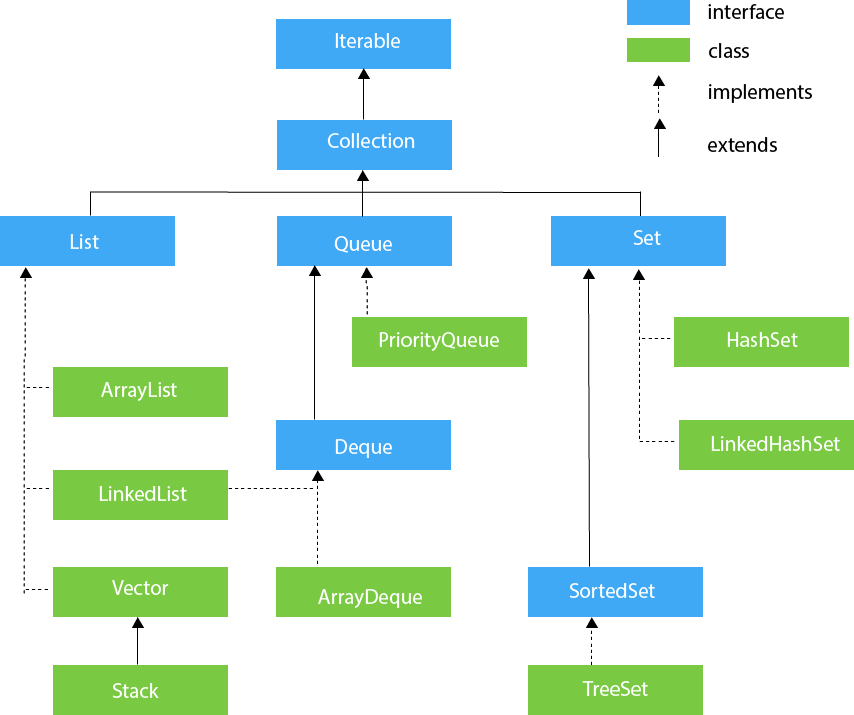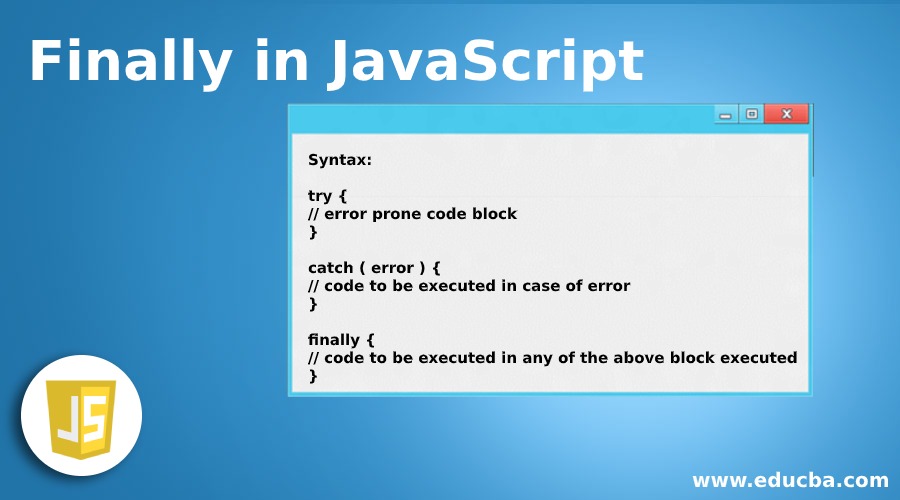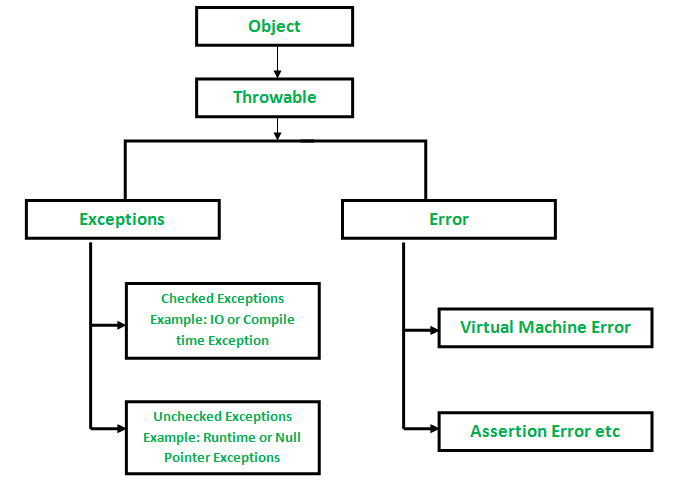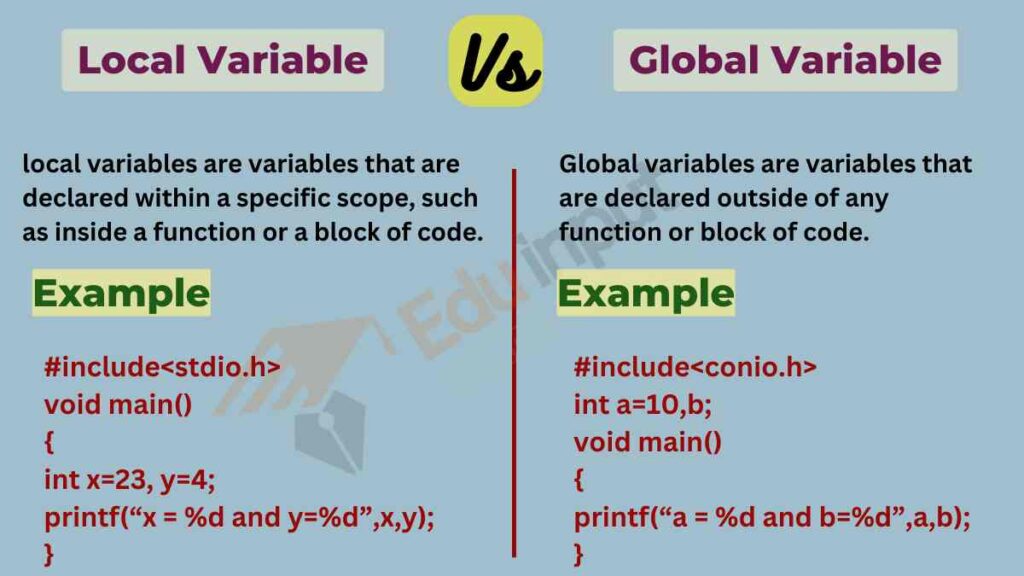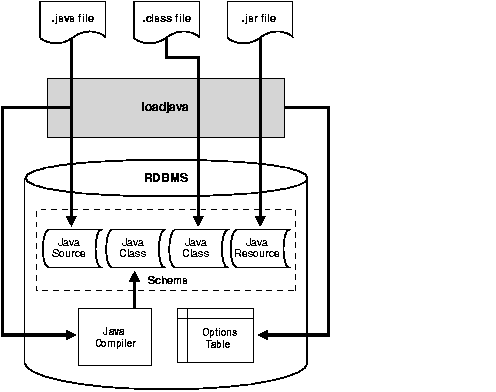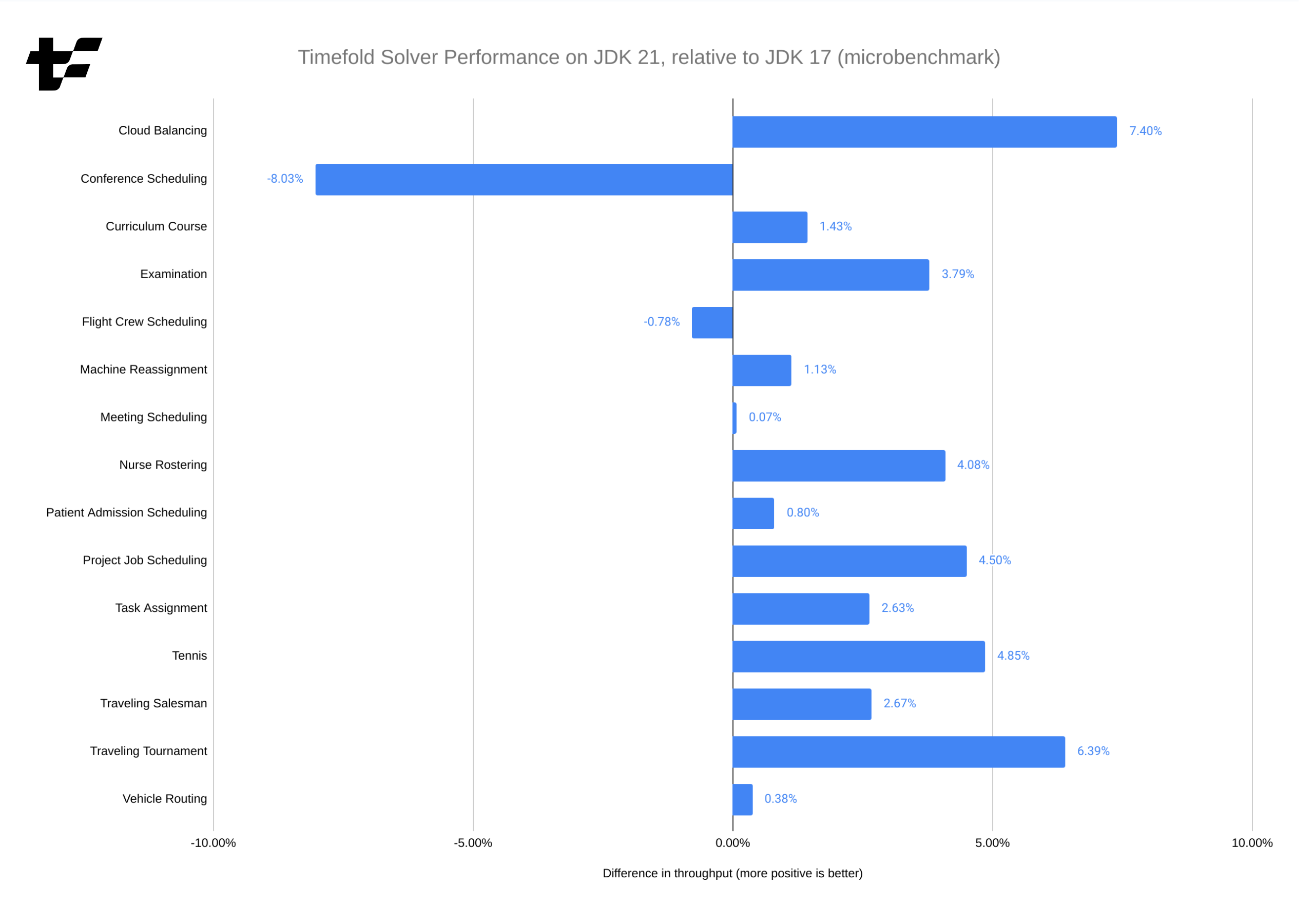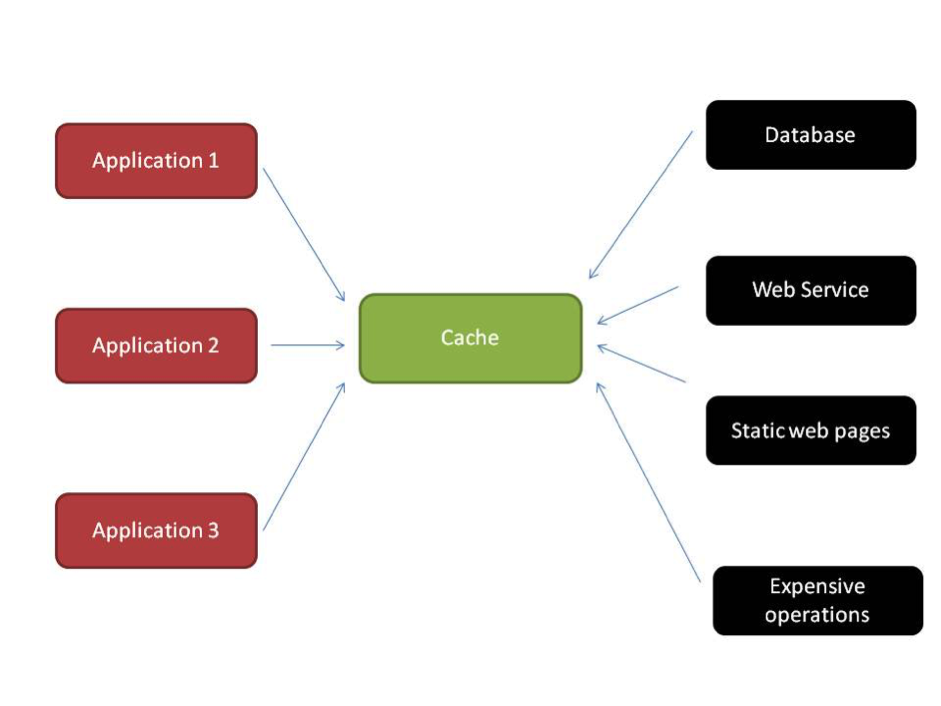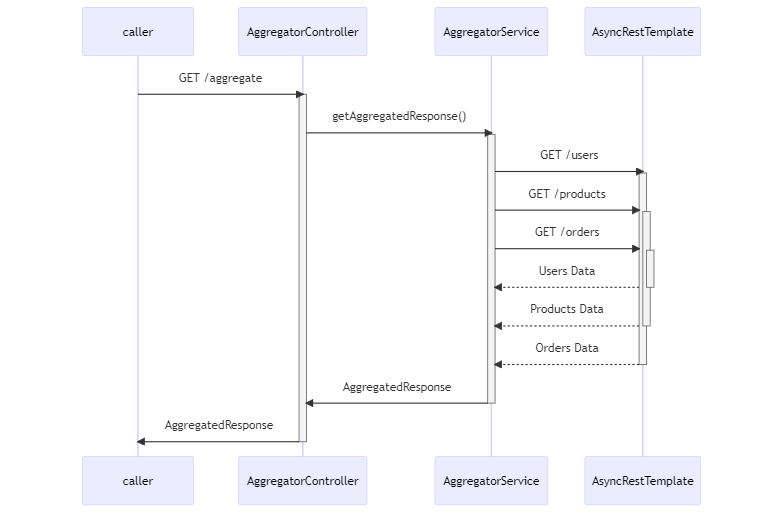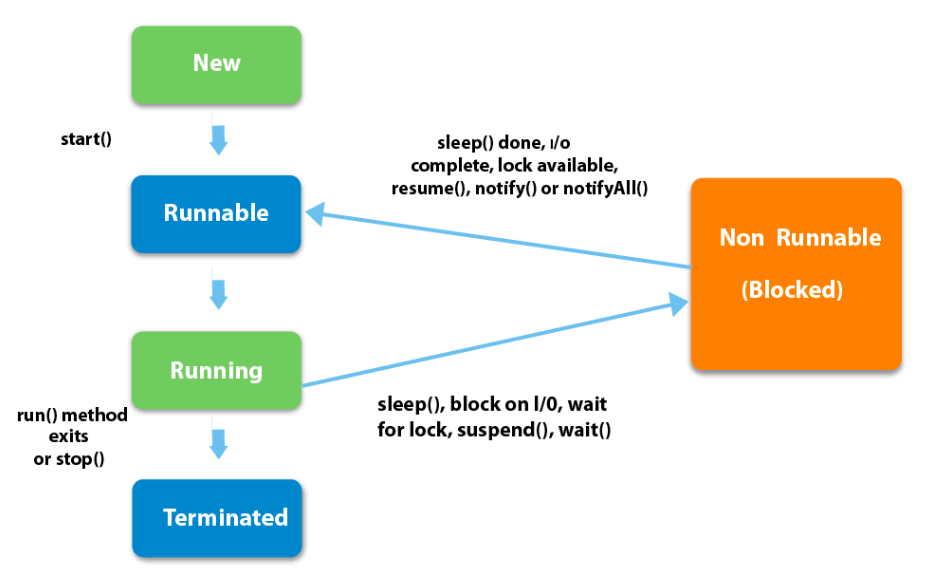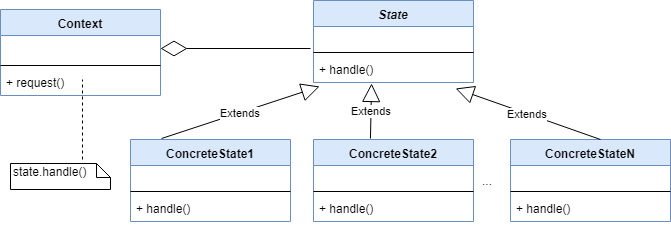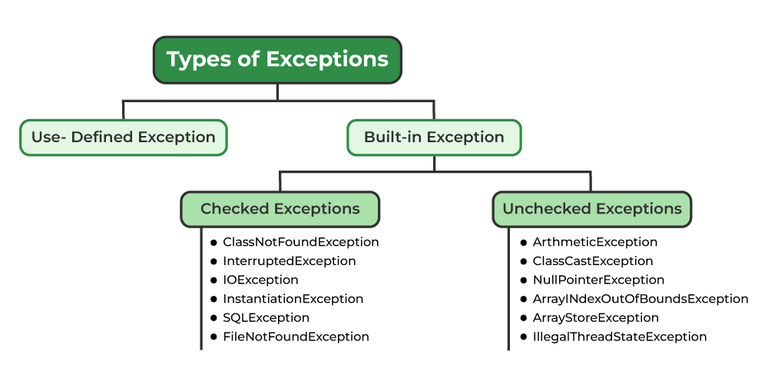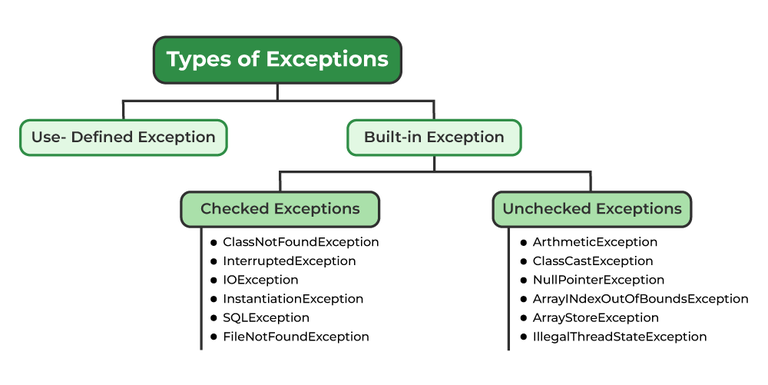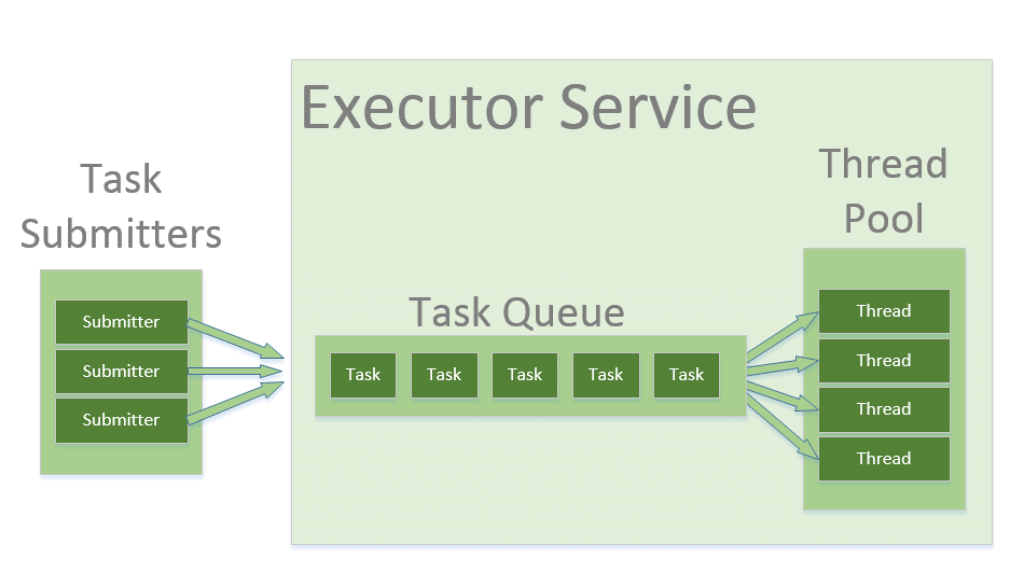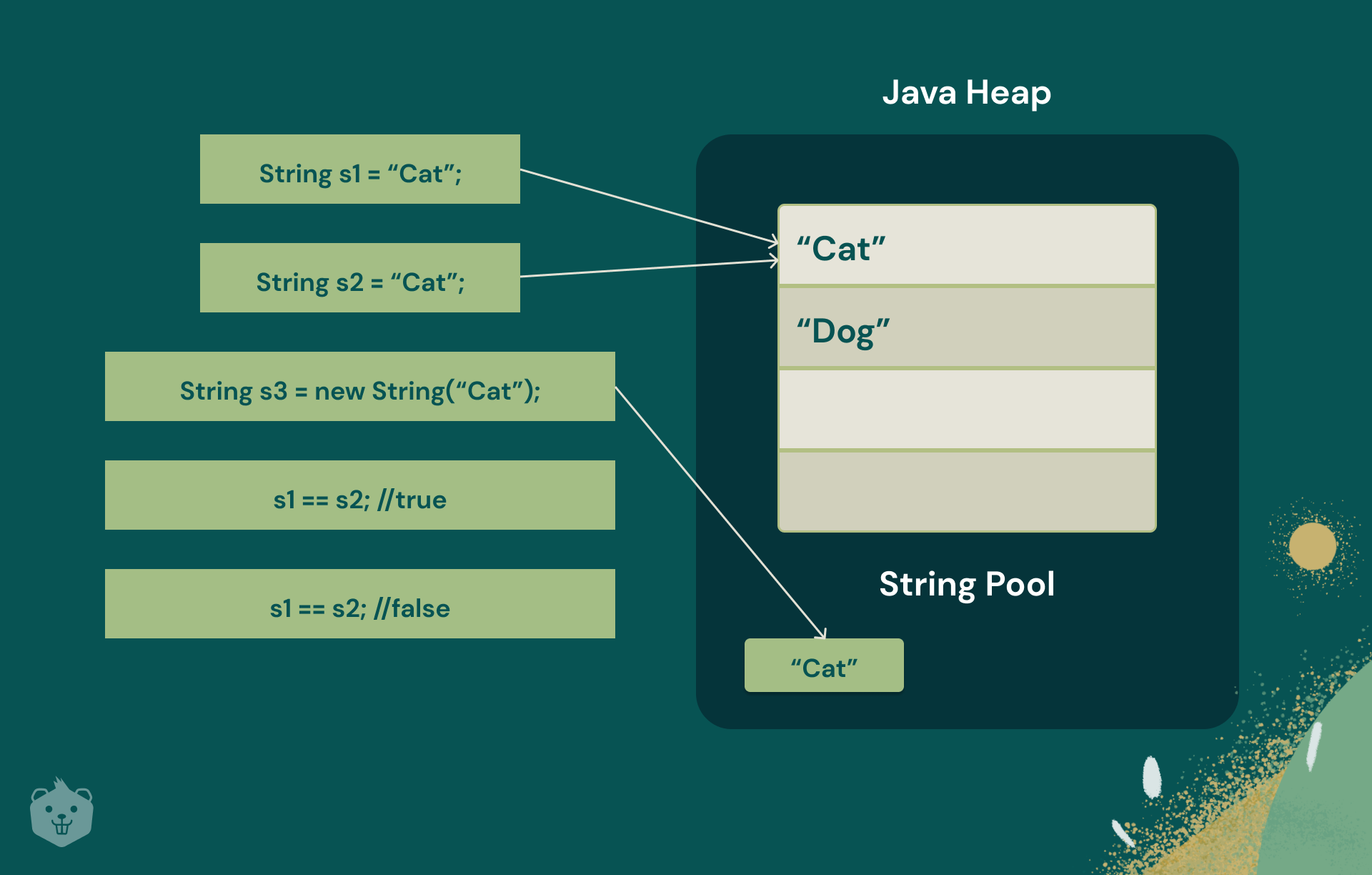java async method
java async method
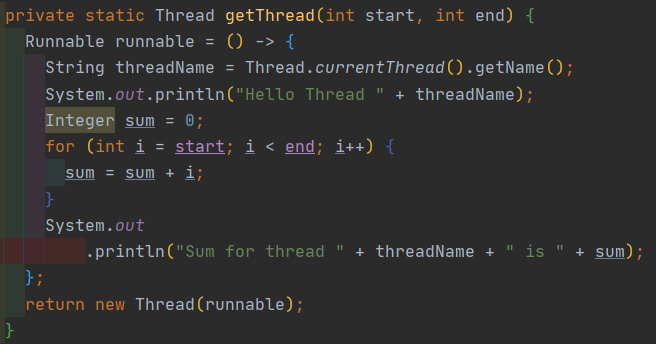
Java Asynchronous Method
In Java, asynchronous methods allow your program to perform multiple tasks simultaneously without blocking the main thread of execution. This is achieved by using callbacks, futures, or promises, which enable you to write more scalable and efficient code.
Why Async Methods Matter
Traditional synchronous programming can lead to performance issues, especially in systems that require rapid processing of requests. Asynchronous methods help alleviate these problems by allowing your program to:
Handle multiple tasks concurrently: By executing tasks in parallel, your program can take advantage of multi-core processors and improve overall system performance. Reduce thread blocking: Synchronous code often blocks threads while waiting for I/O operations or network requests to complete. Asynchronous methods help prevent this blocking, ensuring that your program remains responsive.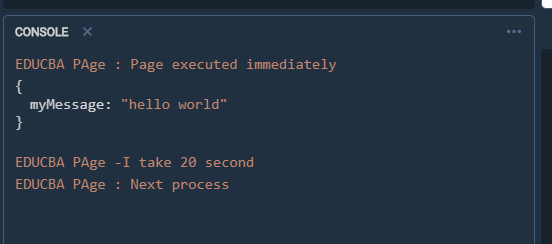
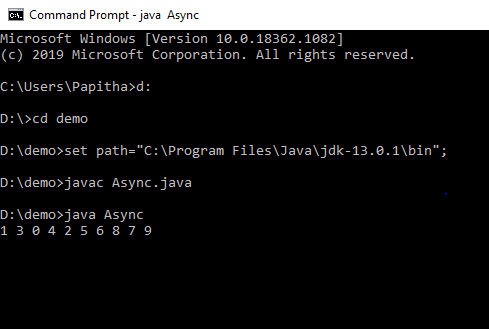
Java APIs for Async Methods
Java provides several APIs to support asynchronous programming:
Executors and ExecutorServices: TheExecutor interface defines a pool of threads that can be used to execute tasks concurrently. The ExecutorService interface provides methods for managing the executor, such as shutting down or submitting new tasks. Futures and Completables: The Future interface represents a value that may not yet be available, but will be when the computation is completed. The CompletableFuture class provides a more functional programming-oriented API for working with futures.
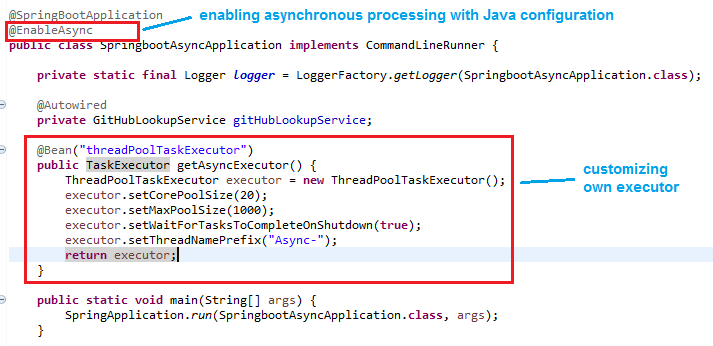
Callable, Runnable, and FutureTask to support concurrent programming.
Example of Async Method in Java
Here's an example of using the CompletableFuture class to create an asynchronous method that simulates a time-consuming task:
import java.util.concurrent.CompletableFuture;import java.util.concurrent.TimeUnit;
public class AsyncExample {
public static void main(String[] args) throws Exception {
// Create a completable future for the long-running task
CompletableFuture future = CompletableFuture.supplyAsync(() -> {
try {
// Simulate a time-consuming task
TimeUnit.SECONDS.sleep(2);
return "Task completed!";
} catch (InterruptedException e) {
Thread.currentThread().interrupt();
return null;
}
});
// Use the future to get the result when it's available
String result = future.get();
System.out.println(result);
}
}
In this example, we create a CompletableFuture that represents a long-running task. We then use the get() method to retrieve the result of the task when it becomes available.
Conclusion
Asynchronous methods in Java enable you to write more efficient and scalable code by allowing your program to perform multiple tasks simultaneously. By leveraging APIs like Executor, Futures, and CompletableFutures, you can create concurrent programming solutions that take advantage of multi-core processors and improve overall system performance.
What is async in Java?
I'll respond in English as per your request.
In Java, "async" refers to asynchronous programming, which allows a program to perform multiple tasks concurrently without blocking or waiting for each task to complete. Asynchronous programming enables a more efficient and scalable way of handling tasks that don't require immediate attention.
To achieve asynchronous programming in Java, developers use various techniques, including:
Multithreading: Creating multiple threads within a single program, allowing them to run simultaneously and asynchronously. Callback methods: Defining special methods that are called when an operation completes or reaches a certain state. These callbacks can trigger further actions without blocking the main thread. Async/await syntax: Using Java 8's CompletableFuture API or libraries like RxJava to write asynchronous code using the async/await pattern.The primary benefits of using async in Java include:
Improved responsiveness: By allowing other tasks to run while waiting for a specific operation, you can ensure your program remains responsive and reactive. Better scalability: Async programming enables you to handle more concurrent requests without overloading the system. Faster processing: Asynchronous operations often execute faster than their synchronous counterparts, as they don't need to wait for each other.However, asynchronous programming also introduces some challenges, such as:
Error handling: Since async operations may not complete in the same order they were started, error handling becomes more complex. Debugging: Tracing and debugging asynchronous code can be more difficult than synchronous code due to its non-deterministic nature. Communication: When working with async code, it's essential to ensure proper communication between threads or tasks to avoid data corruption or loss.Some popular Java libraries that support asynchronous programming include:
RxJava: A Java implementation of the Reactive Extensions concept, which provides a powerful way to handle asynchronous streams. CompletableFuture: A built-in Java API for working with futures (promises) and completing promises asynchronously. Apache Commons Future: A library providing utilities for working with futures and asynchronous programming.In conclusion, using async in Java allows developers to create more efficient, scalable, and responsive applications by executing tasks concurrently without blocking the main thread. While it presents some challenges, these libraries and APIs make it easier to work with asynchronous code and take advantage of its benefits.


